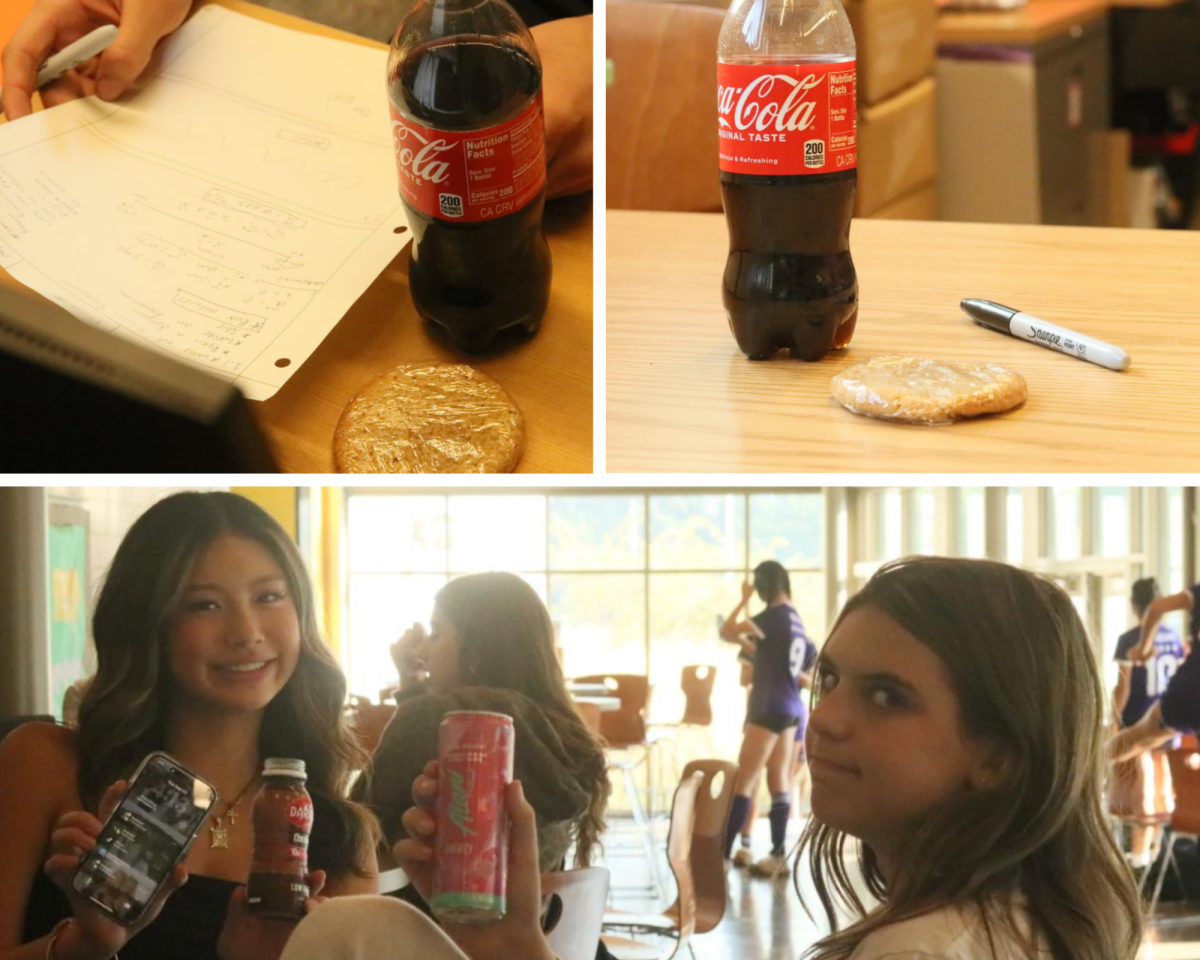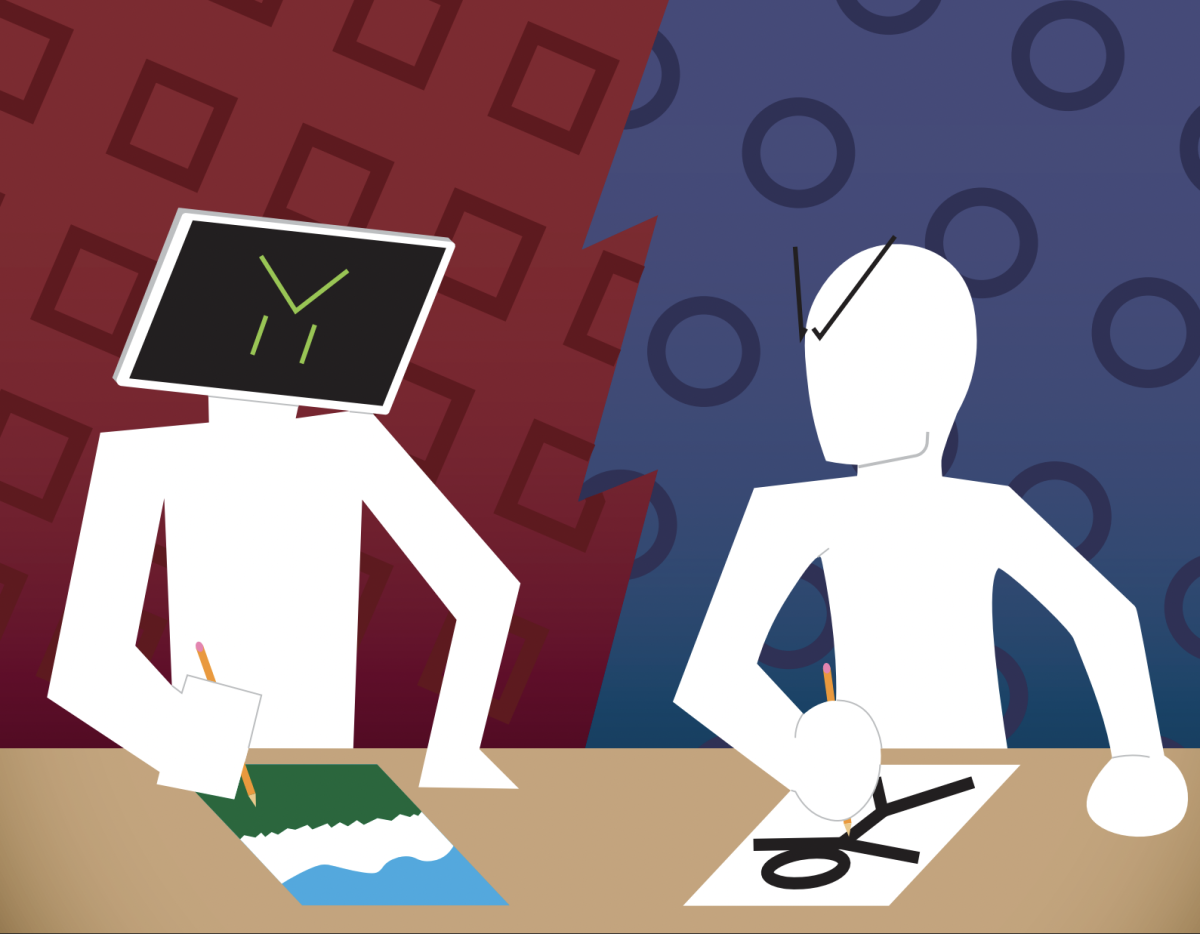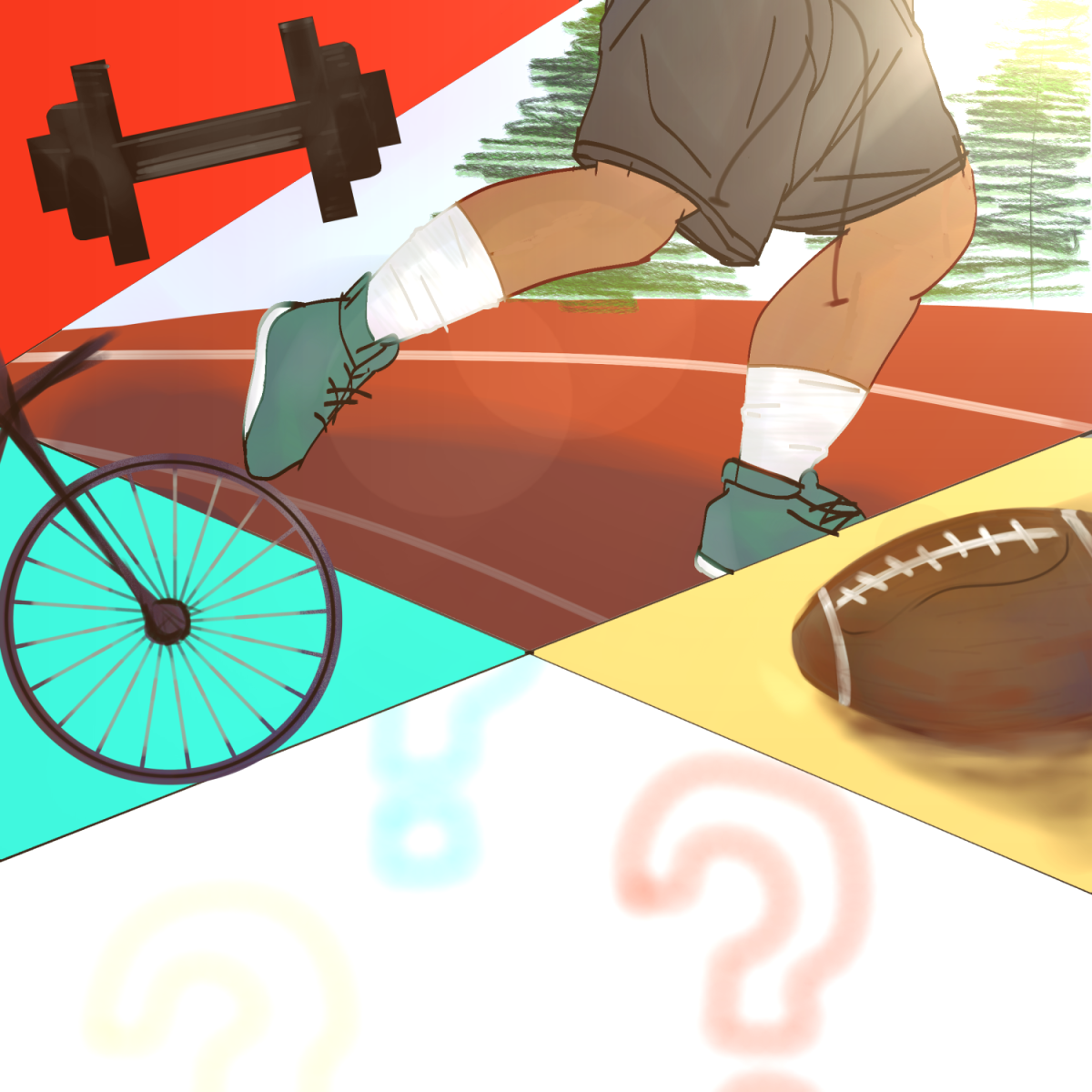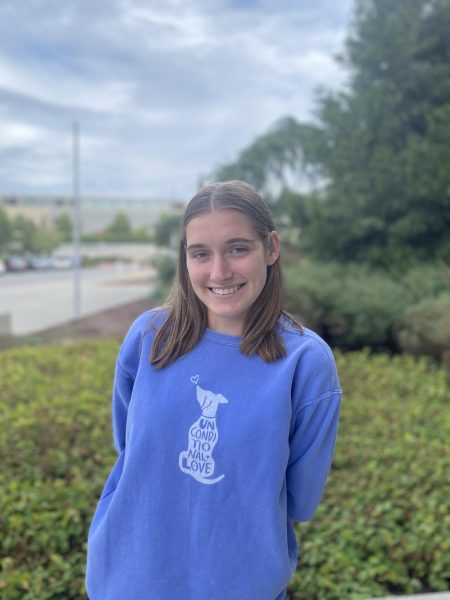Art has progressed through the decades, from the original go-to example of cave paintings, to the great works of the Renaissance, to pictures pinned on refrigerators made from an abundance of art mediums, all found in small briefcases of supplies – oil pastels and colored pencils and mini erasers all mingling. From the progression of artistic minds comes the progression of art – people have gone from paintings to photography to drawings and sculpture and writing and theater and movies and more. All stemming from the creativity of the human mind. Since the escalation of AI, we must admit we do not know where art is going, or what to expect.
Senior Julianna Cullen states the situation eloquently: “I can definitely, and have already, seen these two things affecting each other. There has been a lot of discourse in the art community over AI art and whether or not it is good. For example, there is an AI art club at my sister’s school, and it causes a lot of controversy because essentially there’s two camps: people who love AI art and think it’s great, and people who absolutely despise it. It’s been a dividing topic in the art community. I can see this becoming a worse problem in the future as AI continues to improve.” Cullen, whose experience with AI is but not limited to “mostly just the AI chat bots I see people using, and the AI art generators people use to do internet trends.” Optimistically adding, “However, I can also see a future in which AI is used as a tool by artists—not to create art, but to generate ideas, used as a way to practice and improve art instead of becoming the art.”
Junior Elliot Holland comments on that idea as well, of AI being used for everyday things rather than big works of art: “From an outsider’s perspective, I can see clear benefits with automating or speeding up menial tasks that would otherwise take lots of time and effort from a human being. I do think relying on AI too much can lead to a decline in human professionals in various fields of work, as job demands will likely be lowered with implementation of AI. Although AI is still new, relatively unknown, and exciting to many, using it as a way to replace jobs that can be done perfectly well-if not better-by real people seems problematic.”
Russel Earl, who studied Art and Design and Art History at the Rhode Island School of Design and is now a Film Visual Effects employee of Industrial Light & Magic, (and has worked on 40 films in the last 30 years!), explains, “The Genie is out of the bottle. It will be everywhere, now everyone can be an artist. So long as you can describe what you want, you can create art. AI is already starting to infiltrate the Film industry, specifically the field of Visual Effects. It is already being implemented in various areas within.”
To further the point on previous and current AI infiltrating art, The New York Times mentions recent issues and people’s response: “In 2023, industries were in revolt — from the 148-day screenwriters strike in the United States to artists rightfully condemning the use of A.I. training data without their consent. It’s not news that researchers have cautioned against the dangers of bias in A.I.; that almost seems a given.”
People may be scared of AI because they cannot see the extent to which it’ll affect people’s lives, especially artists, who now have to worry about job security and the morality of art without a human touch. But are we sensing the same panic people may have had years before, when new technology was introduced?
From MIT News, “When photography was invented, some painters said it was ‘the end of art.’ But instead it ended up being its own medium and eventually liberated painting from realism, giving rise to Impressionism and the modern art movement.” Could AI be another one of those advancements that the next generation won’t think twice about?
Sophomore Ayonna Verma thinks the future of AI will be positive “if you use it correctly,” adding, “I kind of see it in a unique way. I definitely have a positive relationship with it.” Verma’s main art medium is photography, and, having played around with AI before, she says, “In Adobe Photoshop there is an AI feature, and if it is allowed in the project I will use it. And if it’s not allowed then obviously don’t use it. I think it depends on the certain requirements for a certain project or if you’re publishing it make sure you blatantly say it’s AI.”
Yet the Harvard Business Review says, “In the face of technological change, creativity is often held up as a uniquely human quality, less vulnerable to the forces of technological disruption and critical for the future. Indeed, behavioral researchers even call the skill of creativity a human masterpiece.” But if AI is taking information from human art, then whose art is it really that it spits out? Harvard Business Review continues their point with “recent lawsuits against prominent generative AI platforms allege copyright infringement on a massive scale. What makes this issue even more fraught is that intellectual-property laws have not caught up with the technological progress made in the field of AI research. It’s quite possible that governments will spend decades fighting over how to balance incentives for technical innovation while retaining incentives for authentic human creation — a route that would be a terrific loss for human creativity.” Earl continues on AI and the copyright issues that surround that, stating, “This is becoming a big issue. Currently one of the biggest is ownership and copyright. For example, if you train a system on a particular artist’s life work and then start to create AI generated art based off that training, who has ownership? Given that the new AI generated images are unique, they were trained using an artist’s work. This is interesting because some people make the argument that how is that any different than a person doing the same, i.e. studying an artist’s body of work and then just copying the style.”
To further that point, Cornell Tech states, “Accusations of art theft arose surrounding the use of creatives’ works to train these models, as image outputs emulated prominent artists’ styles without their consent. Backlash grew as an AI-generated piece won first place in an art competition. On Reddit, one user was banned for posting their own work because it too closely resembled AI art. Ultimately, the outrage has led to multiple lawsuits unfolding against these programs.”
AI, obviously, is not only being used by students who do not want to write essays or people playing around on Chat-GPT. The Harvard Business Review explains the plus sides of AI in a non creative sense, like how “AI is being used to augment health care professionals’ job performance in high-stakes work, advising physicians during surgery and using it as a tool in cancer screenings. It’s also being used in customer service, a lower-stakes context. And robotics is used to make warehouses run with greater speed and reliability, as well as reducing costs.” That being said, when it comes to art, they add, “With the arrival of generative AI, we’re seeing experiments with augmentation in more creative work. Not quite two years ago, Github introduced Github Copilot, an AI ‘pair programmer’ that aids the human writing code. More recently, designers, filmmakers, and advertising execs have started using image generators such as DALL-E 2. These tools don’t require users to be very tech savvy. In fact, most of these applications are so easy to use that even children with elementary-level verbal skills can use them to create content right now. Pretty much everyone can make use of them.”
AI chats now are known to be easy to use, with a human simply typing a short request to be met with a detailed answer taken from all the sources it can find and need. Harvard Business Review explains, “These new generative AI models learn from huge datasets and user feedback, and can produce new content in the form of text, images, and audio or a combination of those. As such, jobs focused on delivering content — writing, creating images, coding, and other jobs that typically require an intensity of knowledge and information — now seem likely to be uniquely affected by generative AI.”
Perhaps it all come down to what people want to see in art. Holland makes an excellent point: “As people gravitate toward the efficiency of creating AI art, the overall creative consistency of various art forms will dissipate. There are definitely ways to utilize AI to make certain parts of art creation faster and easier, such as editing an effect into a music video, or simplifying other technicalities of movie making. However, using AI as a way to replace any creative thought by the artist is very detrimental to the art itself. There will always be a population of die-hard art consumers (like me) that will brush off any attempt by an individual to make fully AI generated art, but it is likely that a vast majority of people will view the spontaneous, unpredictable, and exciting nature of AI art as an appeal. As a result, the prominence of real artists, old and new, will fade away.” What we are finding is that we can only guess how art and AI will coexist in the near and far future, and if it is solely up to opinion on whether they should exist fluently with each other or stay on opposite sides of the room. Earl concludes: “There will be a lot of jobs lost to AI. Some may argue that AI art isn’t the same, or as good, or it has no soul. I think they are fooling themselves. After all art is in the eye of the beholder.”






